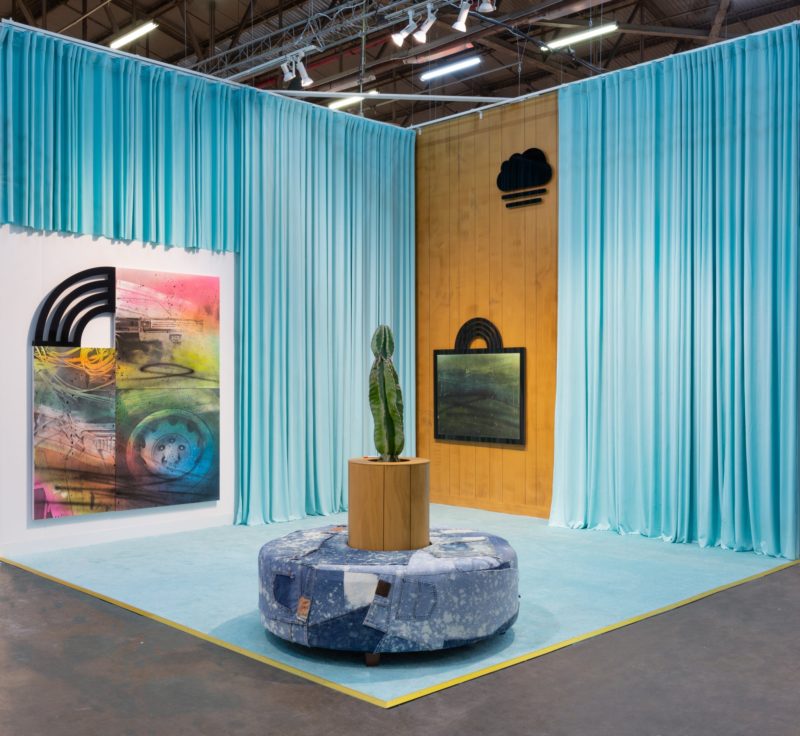
“I really love Wendy White’s exploration of Americana,” he said at the Los Angeles gallery Shulamit Nazarian — where couches are upholstered with denim jeans — signaling to the newbie visitor that taste and enjoyment are valid criteria.
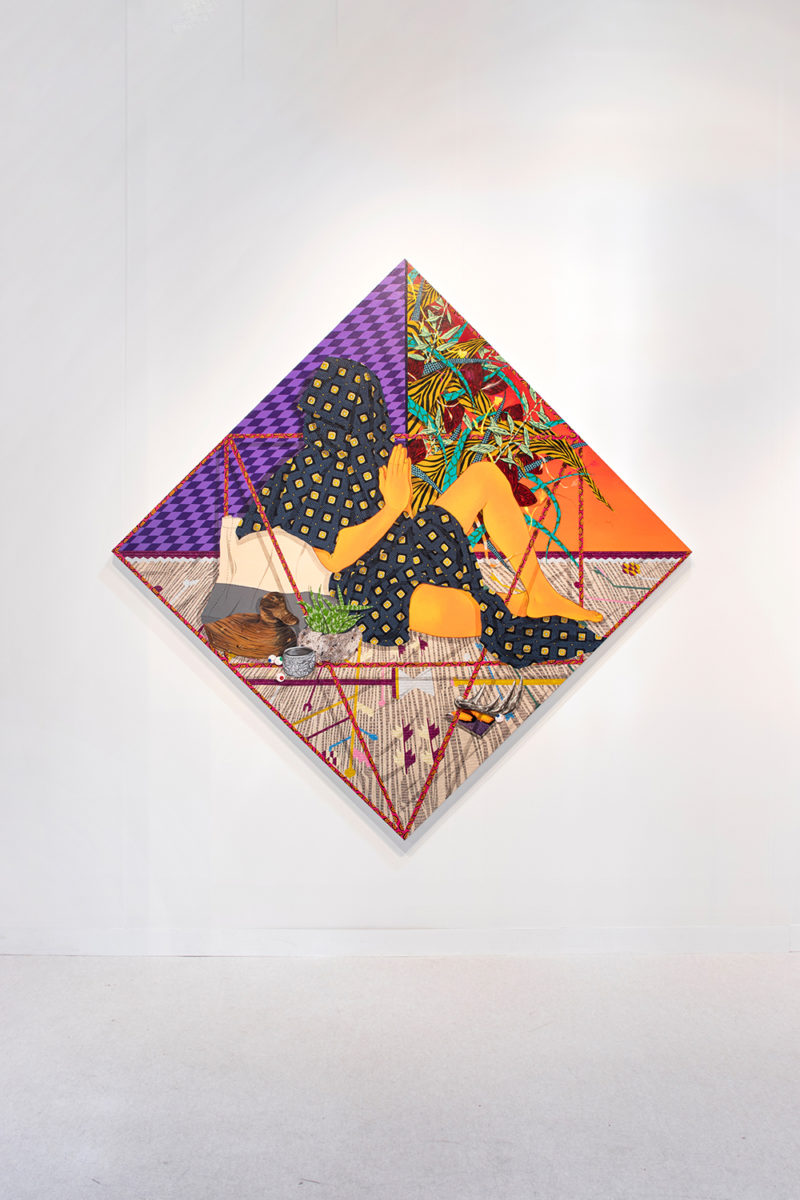
Another year, another crisis: The Armory Show proves resilient again as it opens amid the coronavirus outbreak. Our critic surveys the fair’s many welcoming entry points.
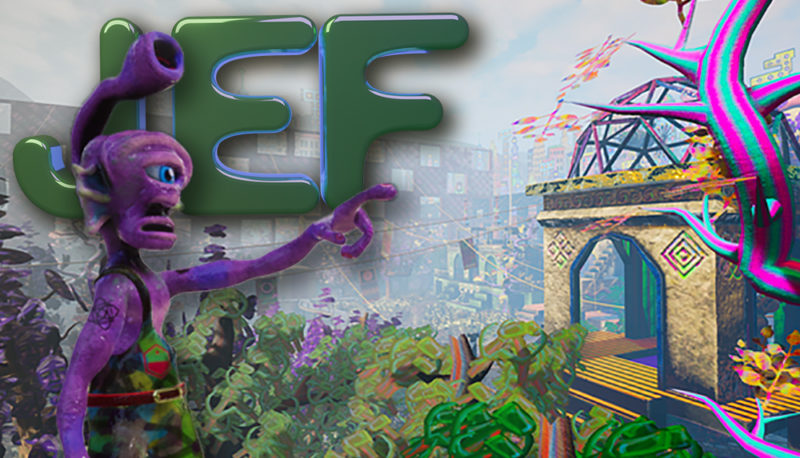
From the Armory Party at MoMA to the New York International Antiquarian Book Fair, there’s something for everyone this week.
Each week, we search New York City for the most exciting and thought-provoking shows, screenings, and events. See them below.

Each week, we search New York City for the most exciting and thought-provoking shows, screenings, and events. See them below.
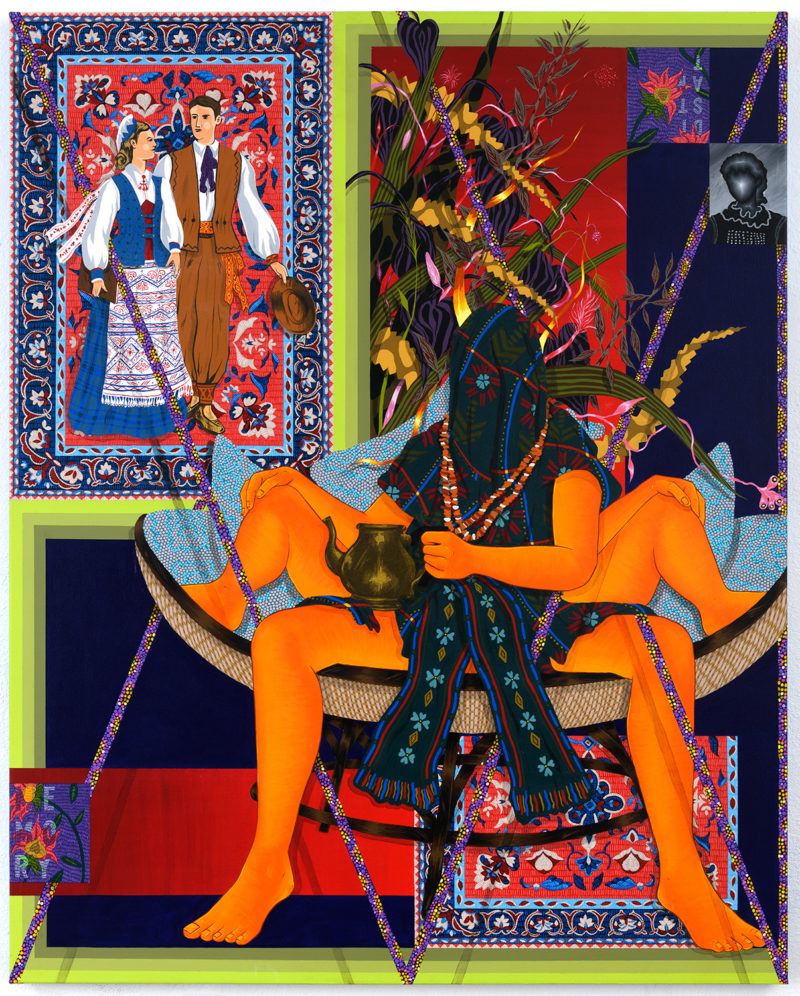
The 2020 edition of the Armory Show opens to the public later this week, running from March 5 to March 8, with a preview day on March 4. This year, more than 180 local, national, and global exhibitors will gather at New York’s Piers 90 and 94. Mega-enterprise Gagosian will be joined by returning galleries such as 303 Gallery (New York), Victoria Miro (London and Venice), Jeffrey Deitch (Los Angeles and New York), and Sean Kelly (New York and Taipei). Newcomers to the fair include Carbon 12 (Dubai), Denny Dimin Gallery (New York), Microscope Gallery (Brooklyn), and Yavuz Gallery (Singapore).
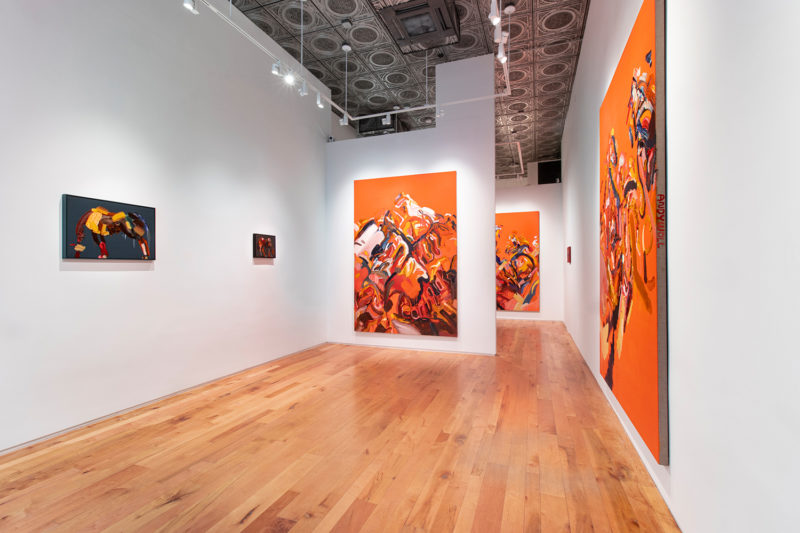
On March 6th, NADA Gallery Member, Robert Dimin leads a guided gallery tour with stops at Denny Dimin Gallery, Canada, GOLESTANI, Baxter St. at CCNY, Martos Gallery, and Helena Anrather.
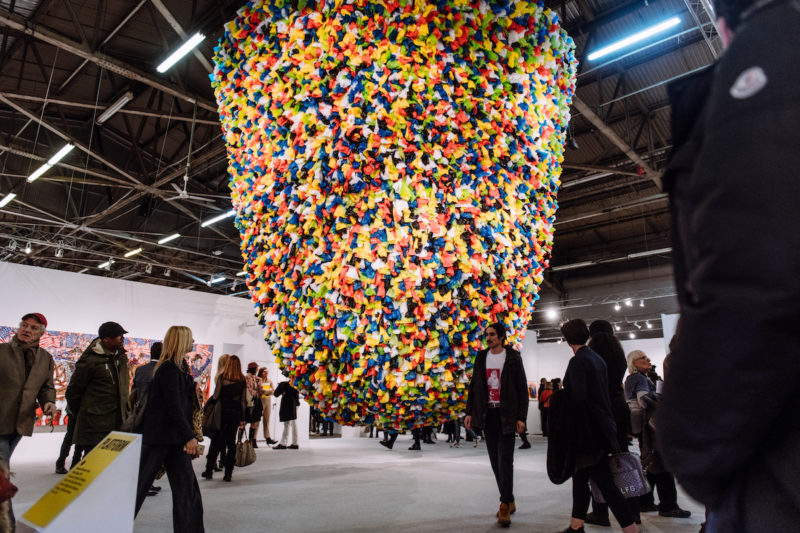
BY CLAIRE SELVIN
With the ADAA Art Show having already opened and many more fairs to follow, it’s time once again for Armory Week in New York. Below is a guide to nine art fairs to take in over the days to come, at scales both big and small. Note that the listings focus on public opening dates and times (excluding certain advance previews and VIP events).
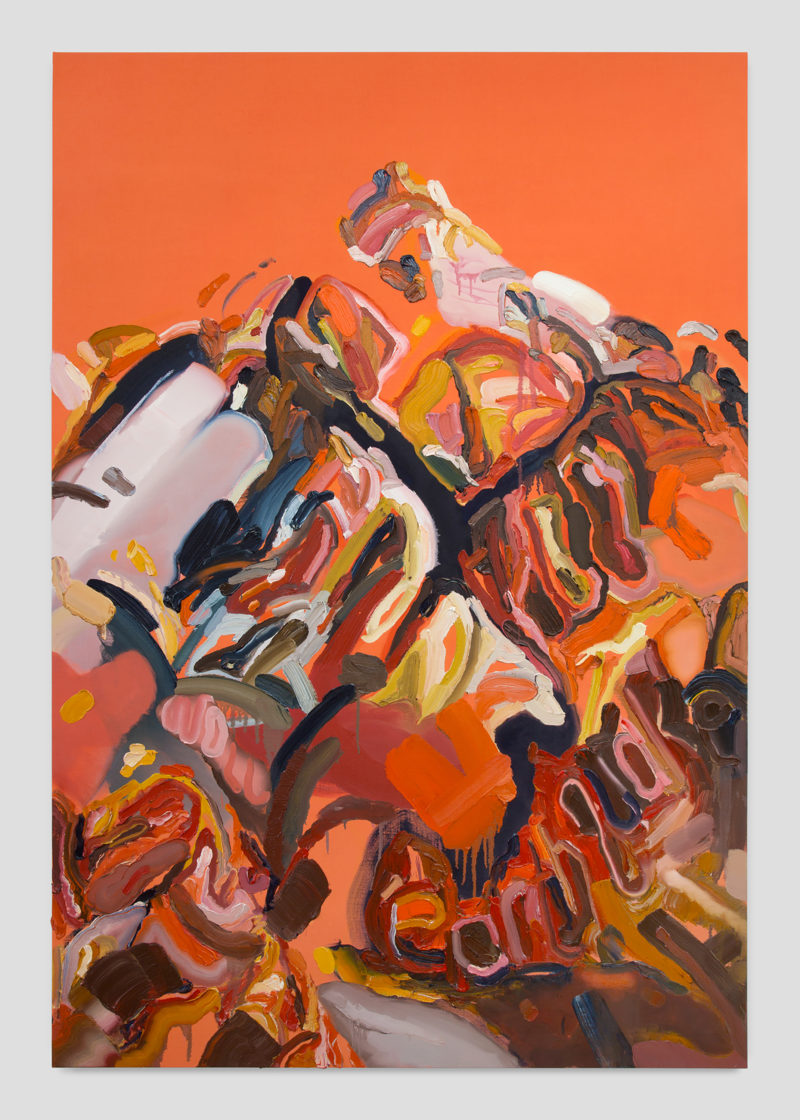
Taylor Anton White and Andy Woll’s solo exhibitions opened at two galleries next door to each other in Tribeca, White’s at Monica King Contemporary and Woll’s at Denny Dimin Gallery. Their bodies of work are outwardly different, but they are both visually as well as substantively compelling and have enough common ground to merit a comparative look.

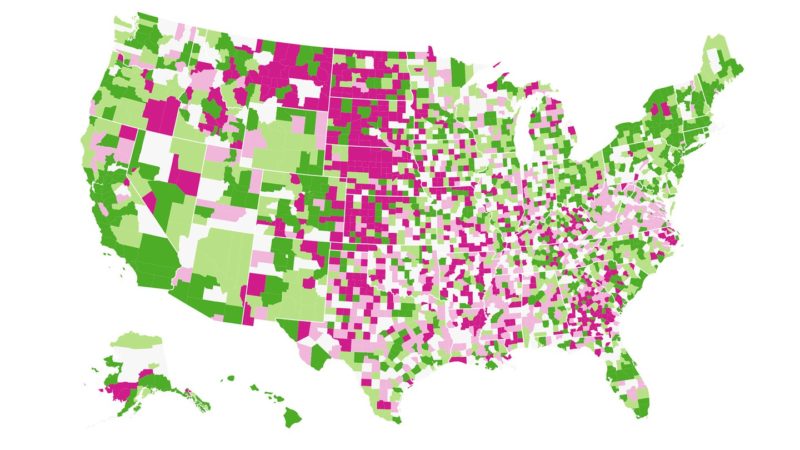
An unprecedented data set shows where the encyclopedia’s editors are, where they aren’t, and why.
Wikipedia matters. In a time of extreme political polarization, algorithmically enforced filter bubbles, and fact patterns dismissed as fake news, Wikipedia has become one of the few places where we can meet to write a shared reality. We treat it like a utility, and the U.S. and U.K. trust it about as much as the news.
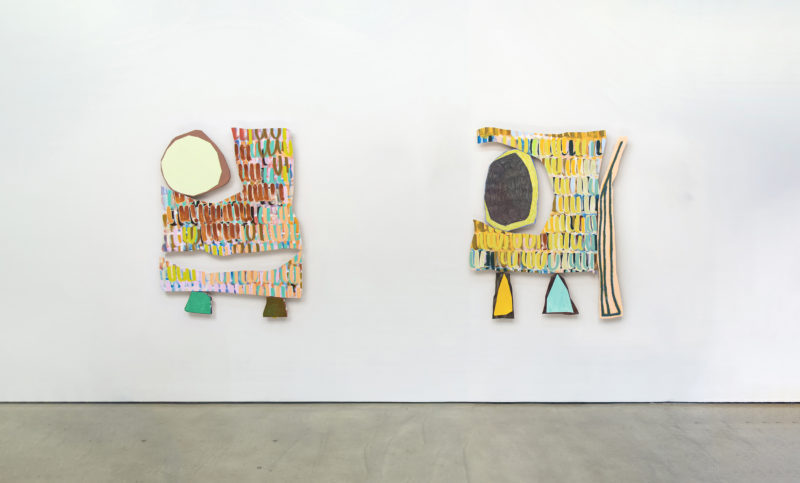
“Hill exhibits an easy-seeming confidence, both in her exuberant facture and in her engagement with art history. Her work evokes that of Pierre Bonnard, Elizabeth Murray, Frank Stella, Pablo Picasso, Brice Marden, and various other predecessors, but manages to be wholly its own thing.”
— Elizabeth Buhe, Art in America

Your list of must-see, fun, insightful art events this season in the Southwest United States.
Spring has sprung (or has started to) in northern New Mexico (where our Southwest US editor Ellie Duke lives), and that means it’s time to come out of hibernation to explore the artistic offerings of the season.
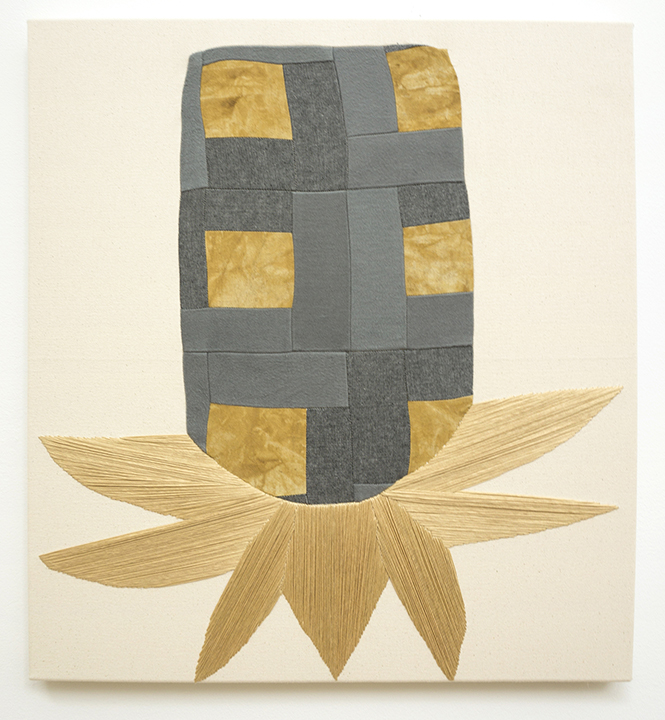
Featuring more than 20 works, including several that are among the artist’s largest and most recent, Amanda Valdez: Piecework explores artist’s engagement with abstraction and “women’s work” with fiber. She conjures surprising compositions through thoughtful use of different materials and techniques.

JEF is a cosmology, inspired by world building techniques in sci-fi literature, fully automated luxury space communism fantasies and human/computer interaction. This project brings together for the first time various elements that have featured with Daata at Phillips New York, Joyous Dystopia at The Bass Museum Miami and New World Symphony and on Infinite Objects.

Denny Dimin Gallery is pleased to announce the Los Angeles County Museum of Art (LACMA)’s recent acquisition of two works by Michael Mandiberg. LACMA acquired both works following the artist’s exhibition, Workflow, at the museum.
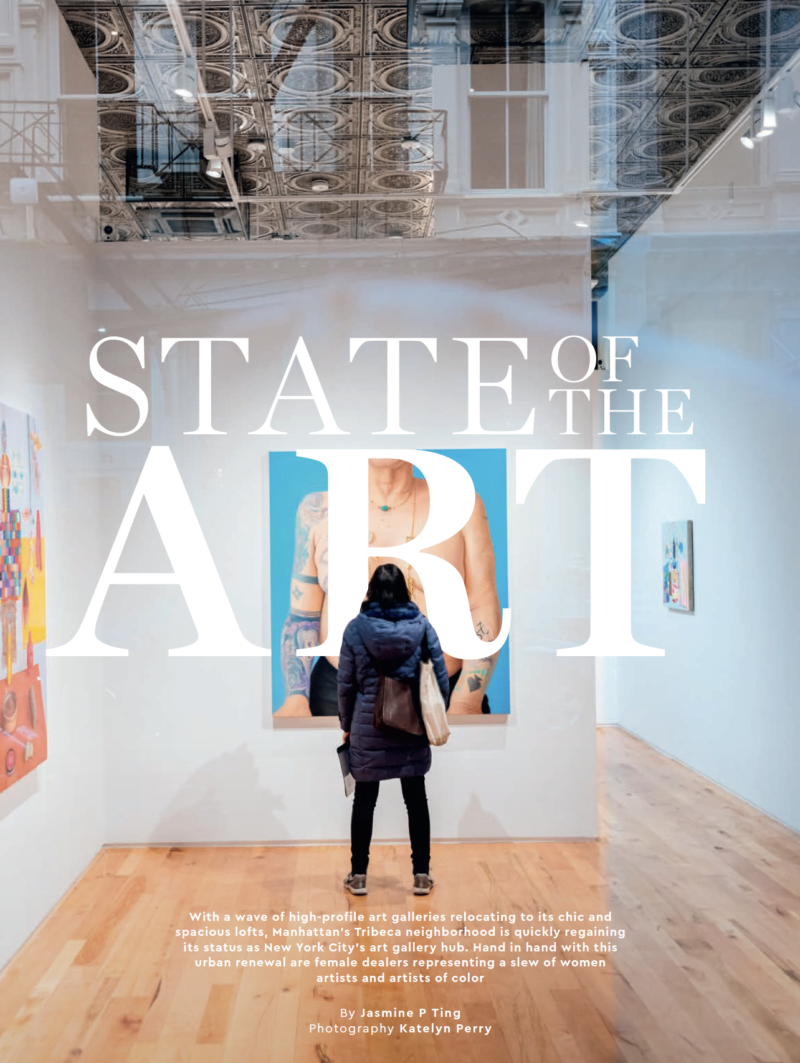
With a wave of high-profile art galleries relocating to its chic and spacious lofts, Manhattan’s Tribeca neighborhood is quickly regaining its status as New York City’s art gallery hub. Hand in hand with this urban renewal are female dealers representing a slew of women artists and artists of color.
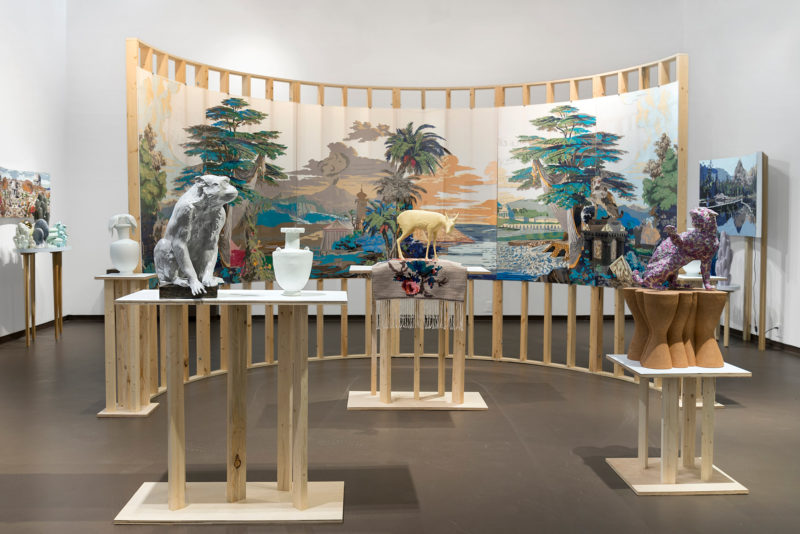
Future Retrieval’s work offers a layered understanding of the present while holding on to the past and looking toward the future.
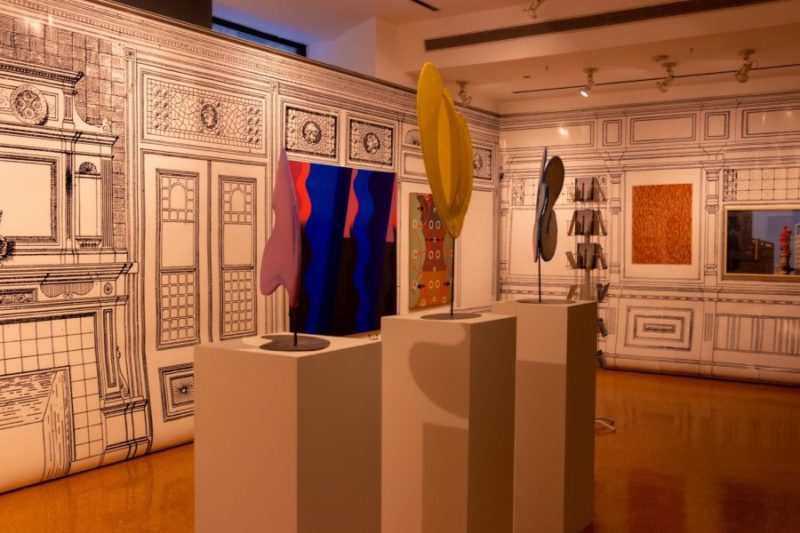
On Jan. 23, the daily Fordham landscape went through a rather eye-catching and colorful change. Positioned across from the escalators that lead to the indoor plaza, Ildiko Butler Gallery now proudly hosts “Fanfare,” a group exhibition curated by Amie Cunat, which will go on through March 13. “Fanfare” focuses on patterns and their relation to art as a means of content manifestation and self-expression.
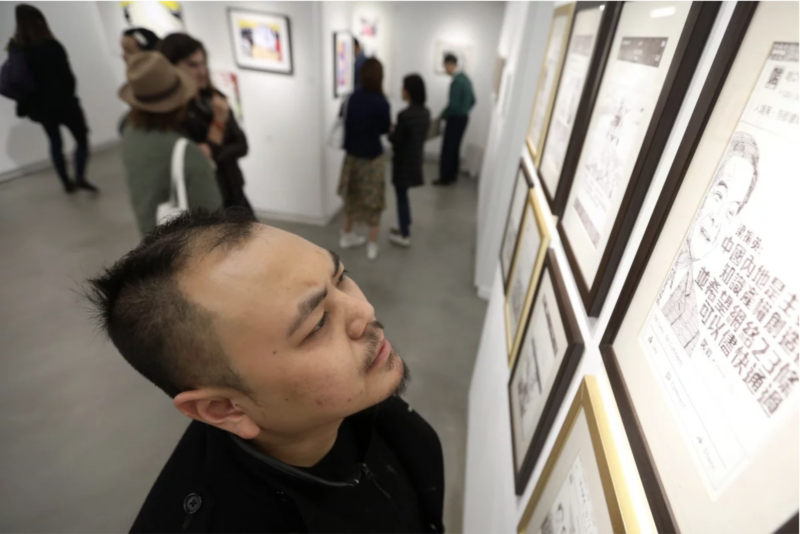
Are intense emotions fueling a great period of art-making in Hong Kong?
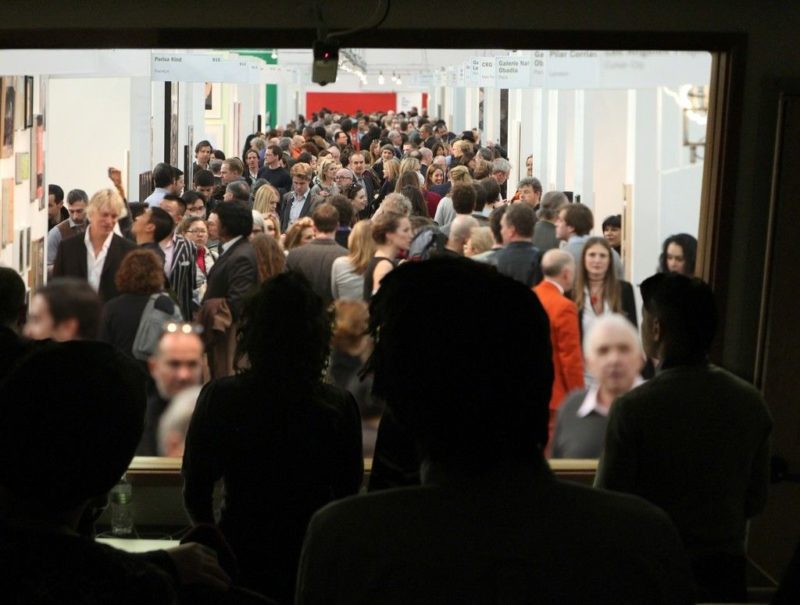
Sold-out gallery exhibitions make news, which can lead art collectors and enthusiasts to believe the phenomenon is a frequent occurrence. We hear about Loie Hollowell selling out at Pace, Carol Bove at David Zwirner, Brice Marden at Gagosian, Ebecho Muslimova at Magenta Plains, and Avery Singer at Kraupa-Tuskany Zeidler.
What happens, in such circumstances, when more collectors want the work? What if demand for an artist’s work exceeds supply? Often, rumors circulate about massive waiting lists drawn up by galleries, organized according to mysterious priorities, and kept hidden from public view.
But according to many dealers, that’s hardly standard industry practice. Below, seven gallerists share their experiences with waiting lists and the delicate art of handling collector demand while protecting their artists’ interests.
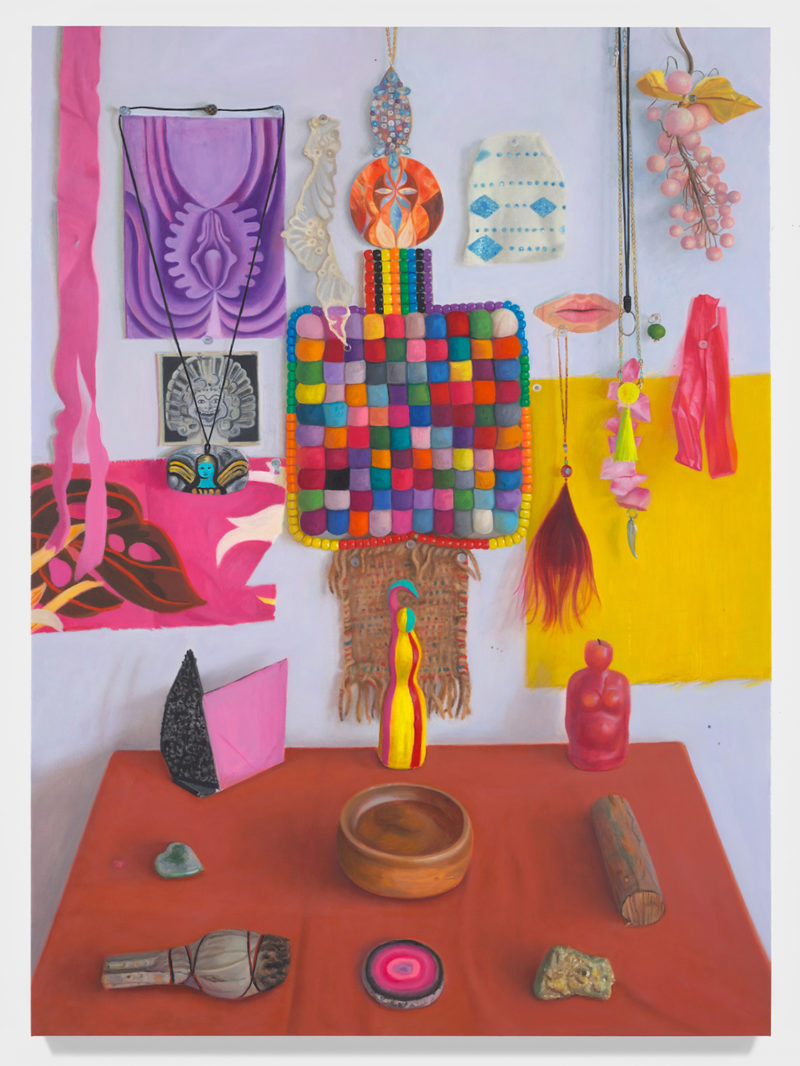
The eyes may be the windows to the soul, but torsos are even more telling in this mid-career New York artist’s new group of intimate, numinous paintings. In this show, titled “Altar-ed Bodies,” Haynes explores the possibilities of feminist figuration in cropped compositions whose subjects are frankly depicted, in frontal poses, with their scars, stretch marks, and sagging flesh.
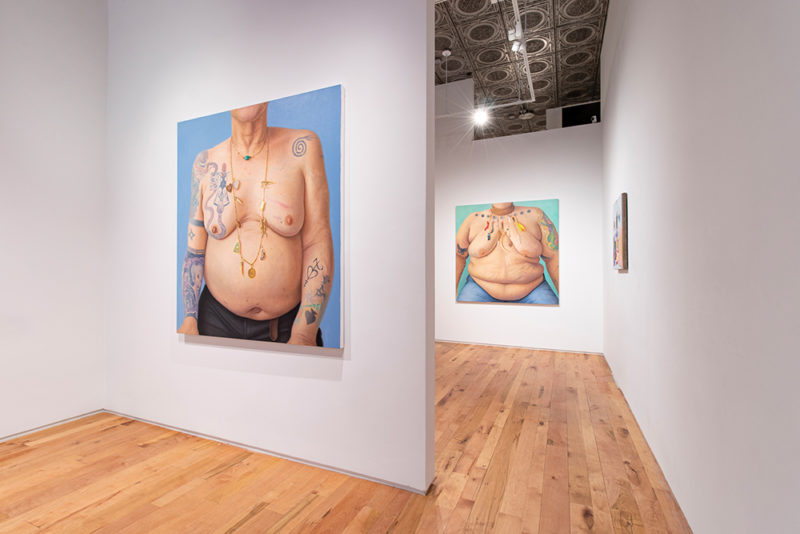
Rendered in a rainbow of vibrant colors, Clarity Haynes’s portrayals of queer, heavy, and disabled bodies reimagines the white box as a communal space that allows for the possibility of healing.
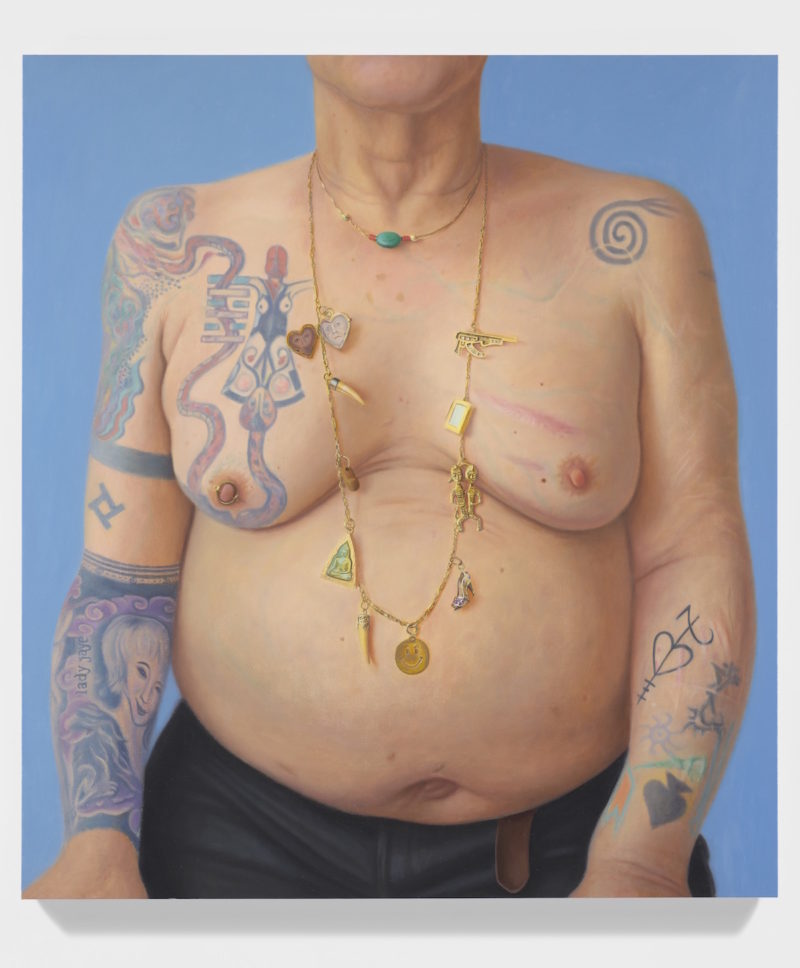
Nicky Nodjoumi’s dreamy serial paintings; Albert Oehlen’s “mirror paintings”; Clarity Haynes portraits of breasts; Kim Tschang-Yeul’s abstract brand of Pop Art.

As a lesbian woman, artist Clarity Haynes is aware that her “contributions to culture are likely to be erased as I am doubly marginalized”. However, her paintings of torsos and altars, which play a cathartic role both on her, the people who model for her, and the audience, will go down in history. With the aim to promote peace, empower the marginalized and fight the patriarchy, her beautifully honest, raw and truthful artworks serve ulterior purposes of healing, self-acceptance and love. Currently exhibiting at New York City’s Denny Dimin gallery, we sit down with the artist to talk about gender identity, sexuality, censorship, beauty and the healing properties of art.
